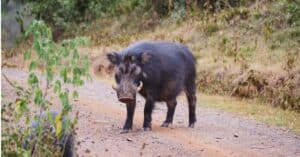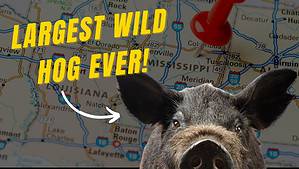The weight of pigs varies greatly depending on their age, breed, and gender. There is a wide range of sizes, from small pig breeds weighing less than 100 pounds to large commercial breeds weighing over 1,000 pounds. In this post, we will explore the details of pig weight for different genders and age groups. Let’s discover more about pigs and their weight!
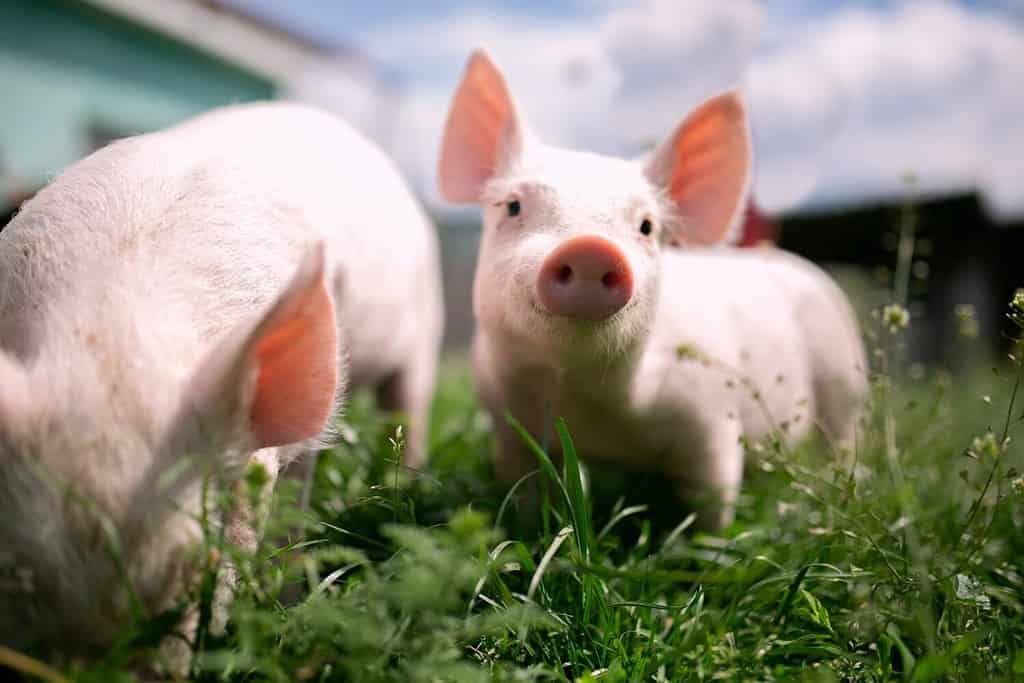
Many factors are involved with a pig’s weight.
©Bogdan Cherniak/Shutterstock.com
Understanding the Factors that Influence Pig Weight
Before diving into the specifics of how much pigs weigh, it’s essential to grasp the factors that impact a pig’s weight. The most prominent factors include the pig’s age, breed, and gender.
Age
Age plays a pivotal role in determining a pig’s weight. Piglets weigh just a few pounds at birth. However, their weight increases rapidly in the first few weeks. Their growth rate slows as pigs mature, but they continue to add weight until adulthood.
Breed
The breed of a pig is another significant determinant of its weight. Some breeds are naturally smaller, like the Vietnamese potbelly, while others, such as the large black or Duroc, are larger. Commercial breeds used in meat production, such as the Yorkshire pig, are often larger because they’ve been selectively bred for size and growth rate.
Gender
Gender can also impact a pig’s weight, which is generally less significant than breed or age. Male pigs (boars) tend to be slightly larger than female pigs (sows), particularly if they have not been neutered.
Typical Pig Weights by Age and Gender
Now that we’ve covered the basics let’s take a closer look at the typical weights of pigs by age and gender. For our purposes, we’ll use the example of the Yorkshire pig, a popular commercial breed.
| Age | Male Weight (lbs.) | Female Weight (lbs.) |
|---|---|---|
| Birth | 2-3 | 2-3 |
| 1 week | 4-6 | 4-6 |
| 1 month | 15-20 | 13-18 |
| 3 months | 75-100 | 70-95 |
| 6 months | 200-225 | 190-215 |
| 1 year | 500-600 | 480-580 |
| Adult (2+ years) | 600-700 | 580-680 |
It’s important to note that these weights are averages and can vary based on an individual pig’s genetics, diet, and environment.
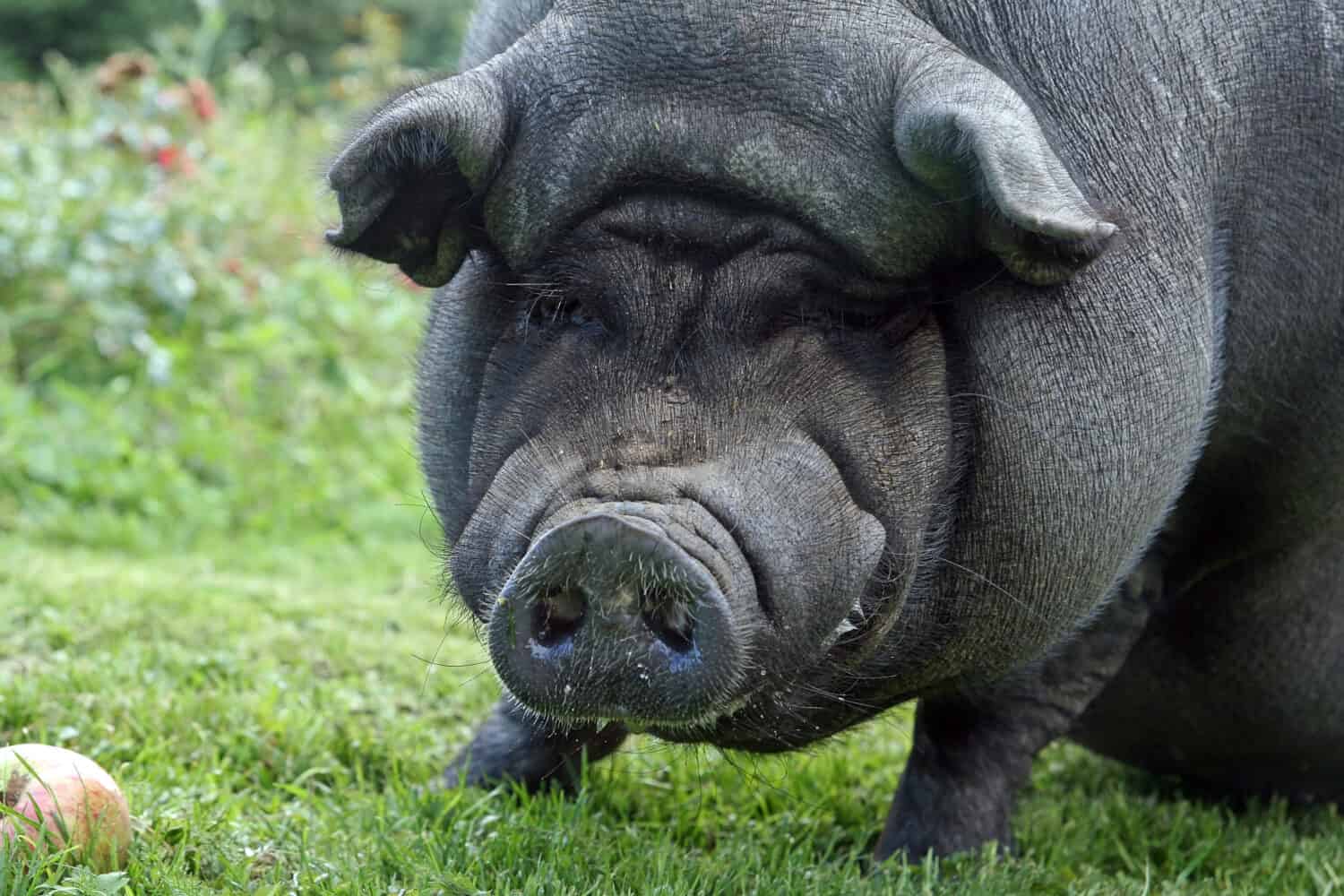
A pig’s weight can depend on its breed.
©Astrid Gast/Shutterstock.com
Breed-Specific Weights
Let’s now explore how different breeds of pigs can vary in weight.
Vietnamese Potbelly
The Vietnamese potbelly is a commonly chosen pet pig breed because it is relatively small. Adults weigh between 70 to 150 pounds, and males are typically slightly larger than females. These pigs are also known for their intelligence and friendly personality.
Duroc
Duroc pigs are a popular breed for meat production due to their rapid growth and large size. An adult Duroc can weigh anywhere from 500 to 800 pounds, with males typically being on the higher end of that range. The breed is known for its hardiness and resilience, making it well-suited for commercial operations.
Large Black
The large black pig, known for its foraging ability and mothering skills, can reach quite a significant size. Adult males typically weigh between 700 and 800 pounds, while females weigh between 600 and 700 pounds. These pigs are known for being quite docile and have become a favorite for show competitions.
Gender Differences in Pig Weight
Gender can influence a pig’s weight, but the impact is less significant than age or breed. Generally, male pigs (boars) are slightly heavier than female pigs (sows) unless neutered. However, the difference is often small and may not be noticeable unless you compare pigs of the same age and breed.
In commercial pig farming, males are typically neutered at a young age to prevent certain undesirable behaviors and characteristics, including a specific odor that can be present in the meat of unneutered males. This process, known as castration, can also affect the pig’s growth rate and final weight. Castrated males, or barrows, typically grow slower than intact males but may eventually reach a similar adult weight.
While these are general trends, individual pigs can have many variations. Genetics, diet, and overall health can influence a pig’s weight, regardless of gender.
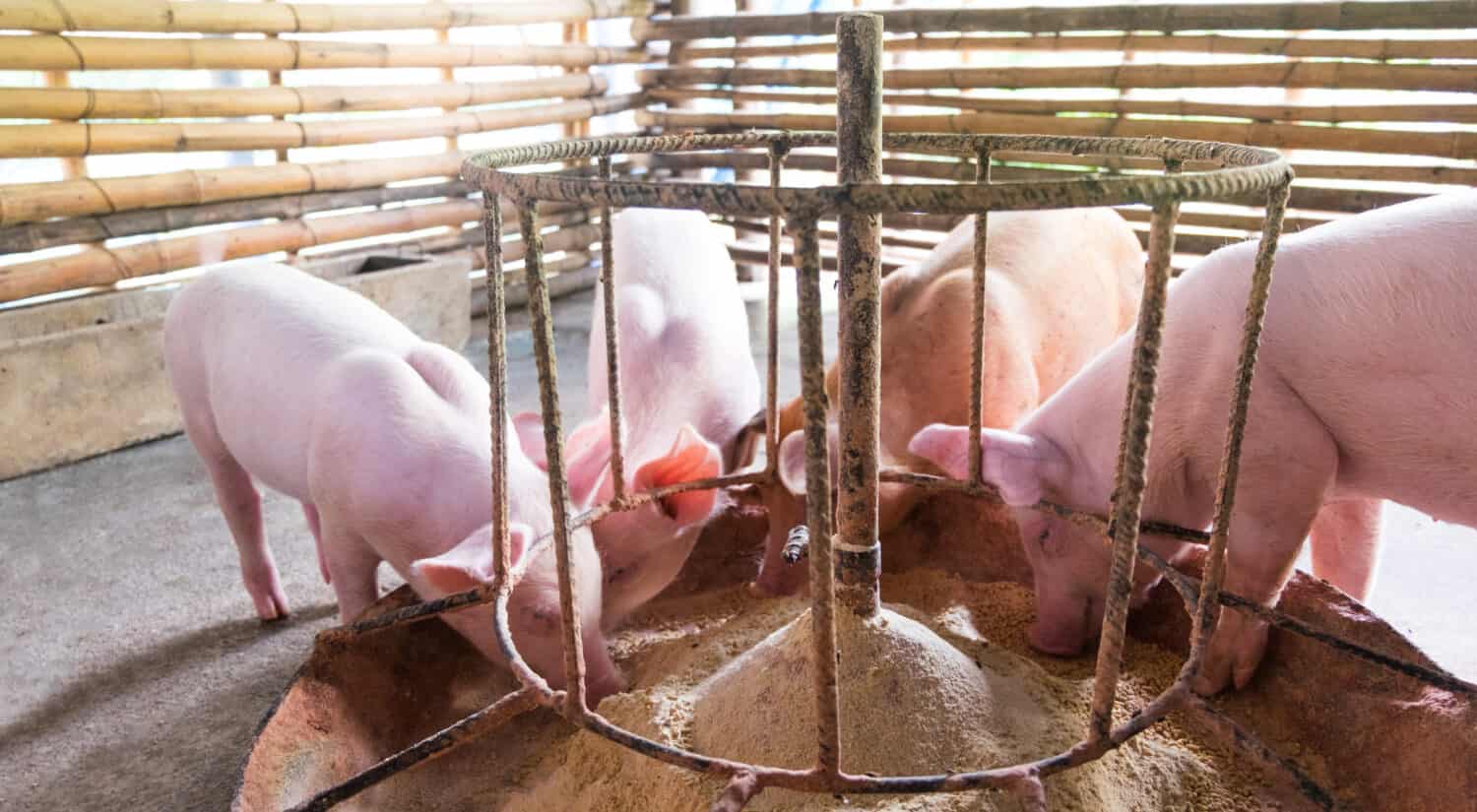
Pigs eat both plant-based food and animal-based foods.
©chadin0/Shutterstock.com
Feeding and Nutrition’s Impact on Pig Weight
Diet and nutrition are pivotal aspects that directly influence a pig’s weight and overall health. The consumption of food, its quantity, and feeding frequency all significantly affect the pig’s weight.
Types of Pig Feed
Pigs are omnivores, which means they eat both plant-based and animal-based foods. Commercially raised pigs are typically given a balanced feed that contains grains like corn and soybeans, supplemented with vitamins and minerals. This feed is designed to provide all the nutrients a pig needs in the correct proportions.
Owners often feed commercial pig food that is similarly balanced for pet pigs. However, they also supplement with fresh fruits and vegetables to provide variety and extra nutrients.
Feeding Frequency and Quantity
The frequency and quantity of feeding can significantly impact a pig’s weight. Young piglets growing rapidly must be fed more frequently — often several times a day. As pigs grow older, they eat larger quantities but at fewer feedings. Overfeeding can lead to obesity, which can cause various health problems.
Nutritional Needs by Breed
Different breeds of pigs have different nutritional needs, often based on their size and growth rate. Larger breeds that grow more quickly, like the Duroc or Yorkshire, often need more food than smaller, slower-growing breeds like the Vietnamese Potbelly.
How to Maintain Healthy Weight in Pigs
Maintaining a healthy weight in pigs isn’t just about ensuring they’re not underweight or overweight — it’s about promoting overall health and longevity.
Regular Weight Checks
Regular weight checks can help track your pig’s growth and weight gain, allowing you to spot any potential issues early. It’s important to remember that pigs grow at different rates, and what’s normal for one pig might not be normal for another.
Balanced Diet and Exercise
Providing a balanced diet is crucial for maintaining a healthy weight. This means giving pigs a diet rich in the nutrients they need without overfeeding them. Exercise is also vital. Pigs need regular opportunities to move around and explore their environment, which helps to keep them active and burn off excess calories.
Consult a Vet
If you’re unsure about your pig’s weight or diet, consulting with a vet is always a good idea. They can provide advice tailored to your pig’s breed, age, and health status. You may also want to ask about any supplements that can help support your pig’s nutritional needs.
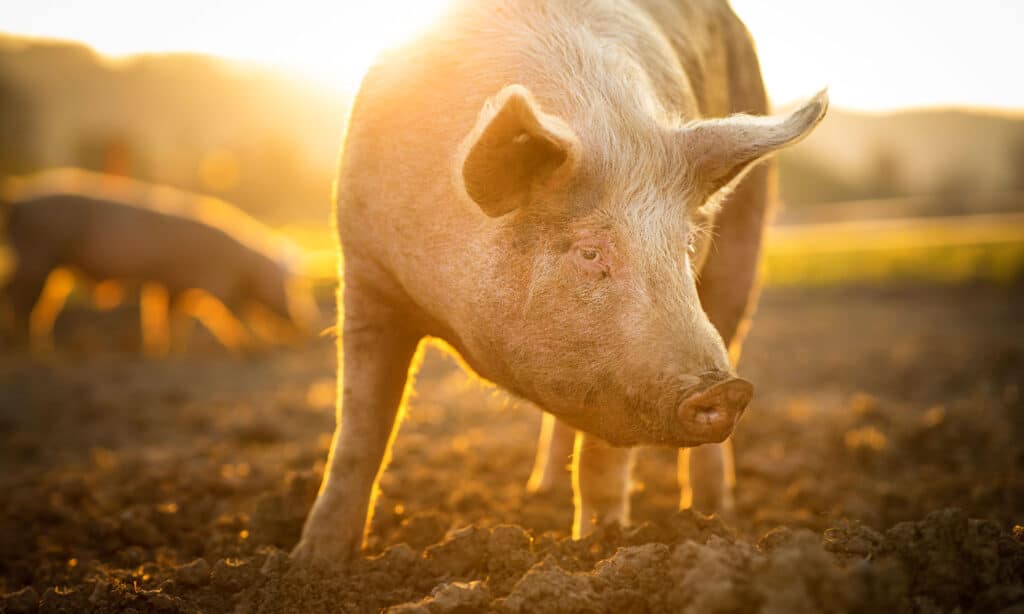
It’s important to recognize a pig’s potential health problems.
©l i g h t p o e t/Shutterstock.com
Recognizing Health Problems
Underweight pigs may suffer from health issues such as parasites or dental problems, preventing them from eating properly. Overweight pigs, on the other hand, can suffer from issues like joint problems and heart disease. Recognizing the signs of these issues — such as changes in appetite or behavior — can help ensure your pig gets the care they need.
Understanding the factors influencing pig weight and implementing healthy feeding and exercise habits can help ensure your pigs maintain a healthy weight, leading to a happier and healthier life.
Conclusion
Understanding pig weight can be complex because of the factors that influence it. Age, breed, and gender all contribute to a pig’s weight, but other factors such as diet, environment, and individual health also play a role.
So, how much do pigs weigh? As you’ve seen, the answer is not a simple number but a fascinating array of weights spanning different ages, breeds, and genders.
Remember, while charts and averages can provide a useful starting point, every pig is an individual with its unique weight journey. Whether raising a Vietnamese Potbelly as a beloved pet or a Yorkshire pig for commercial purposes, understanding and respecting this uniqueness is essential to responsible pig care.
The photo featured at the top of this post is © josefkubes/Shutterstock.com
Thank you for reading! Have some feedback for us? Contact the AZ Animals editorial team.





